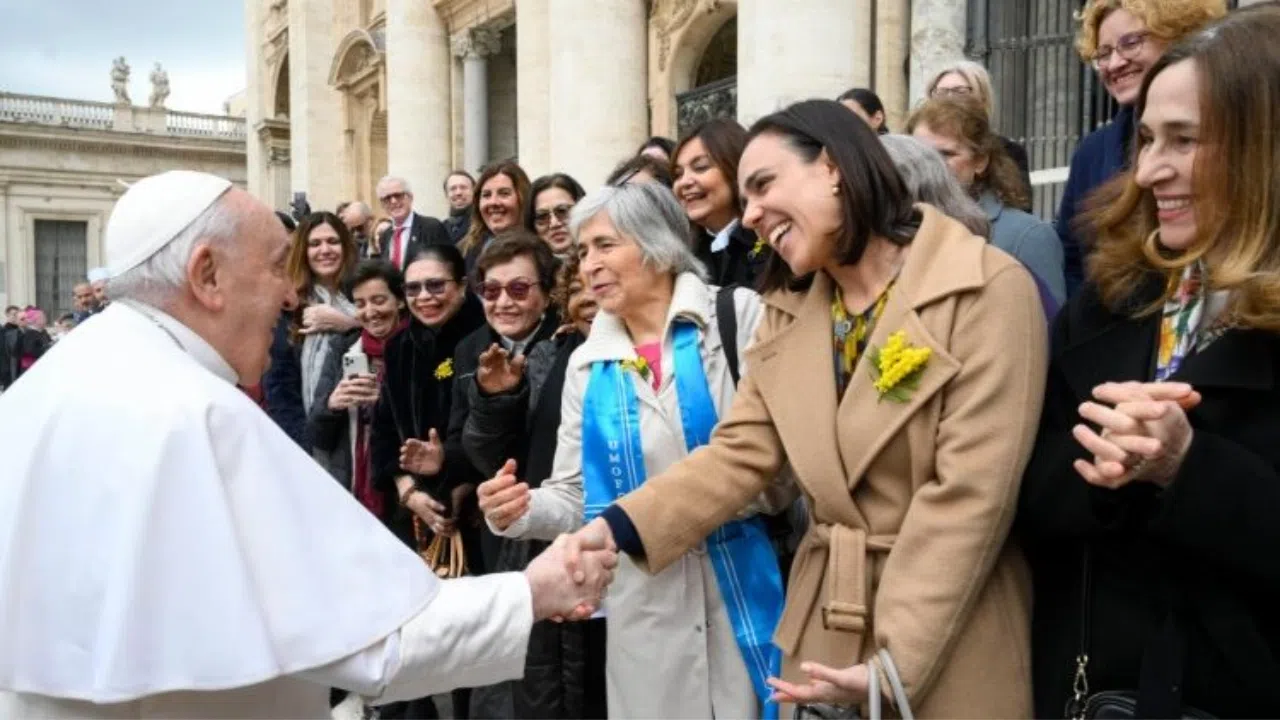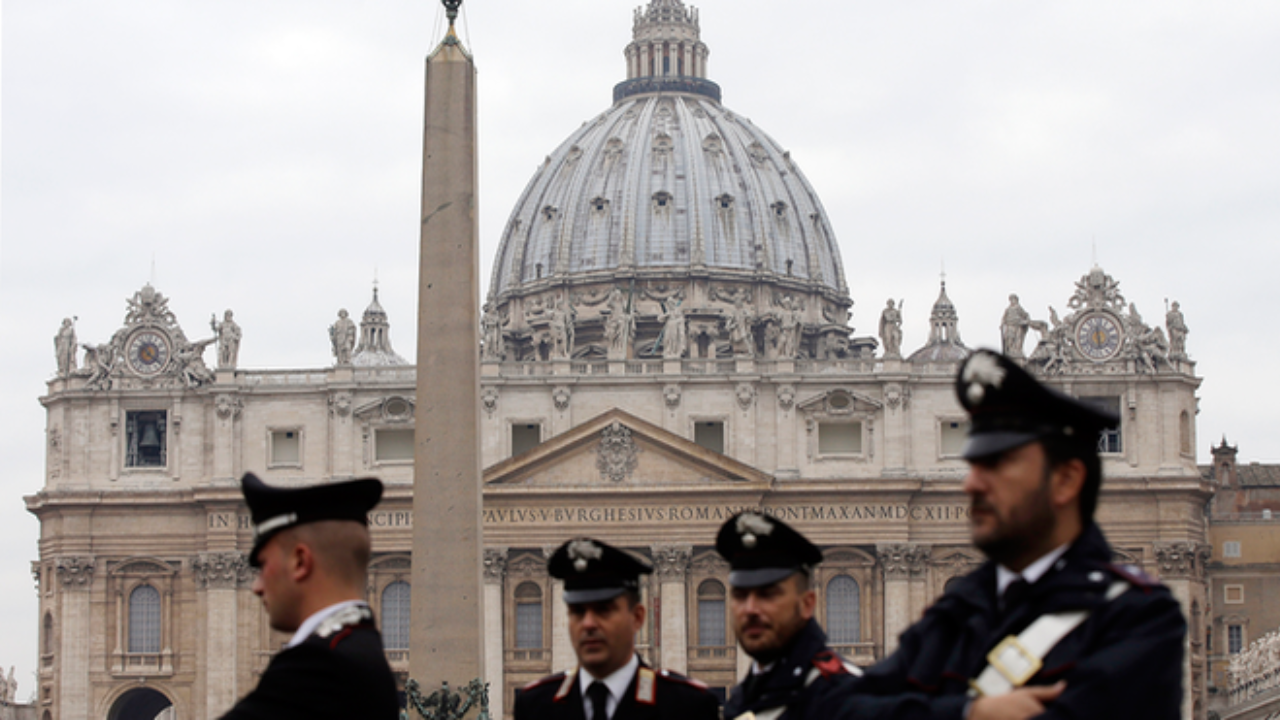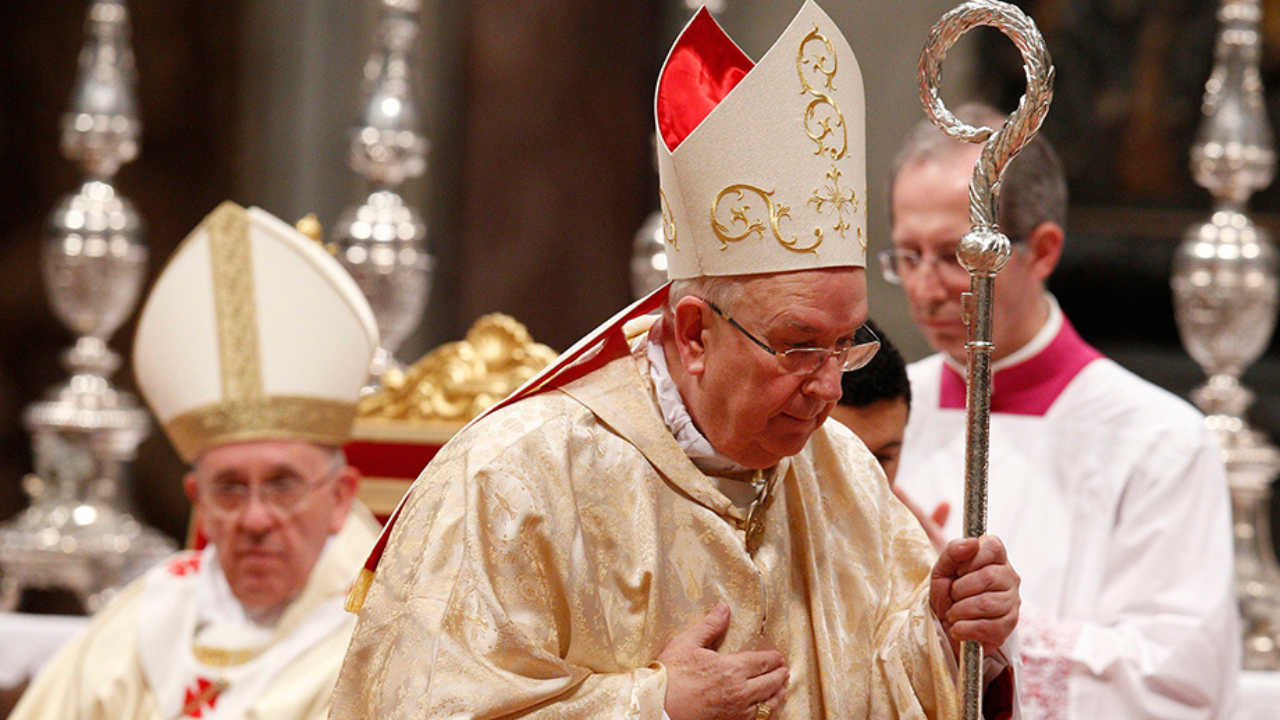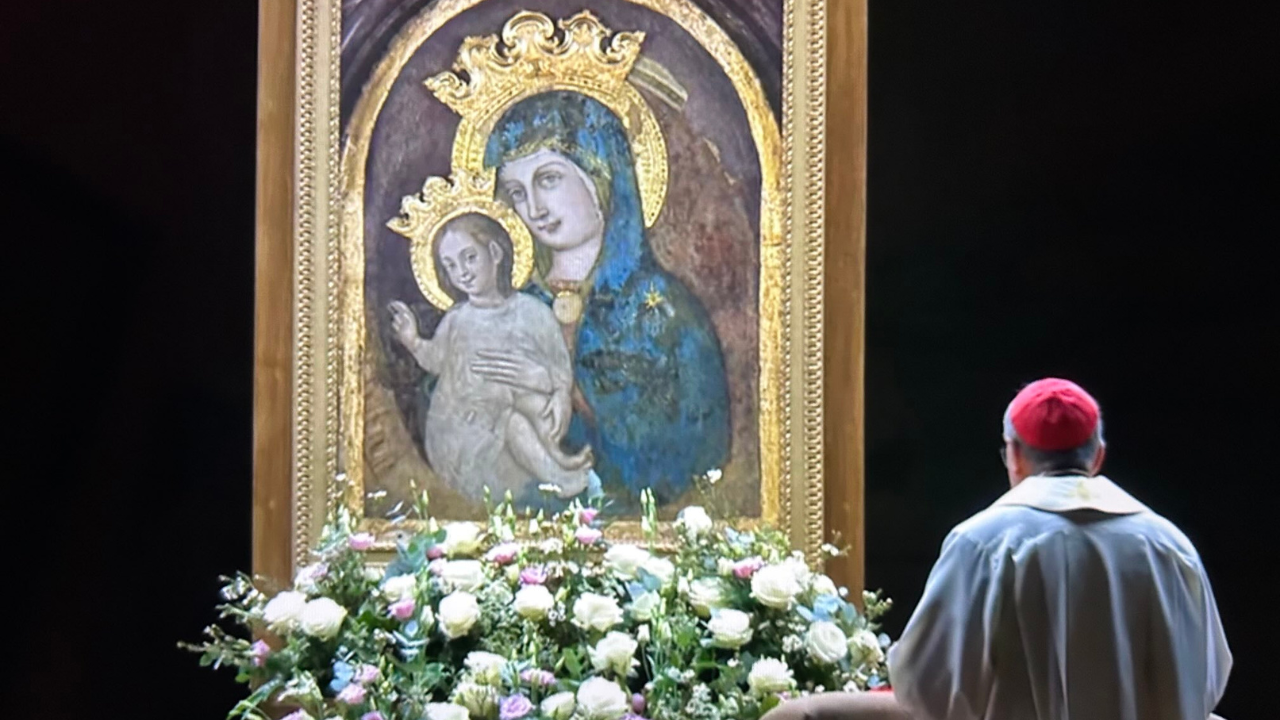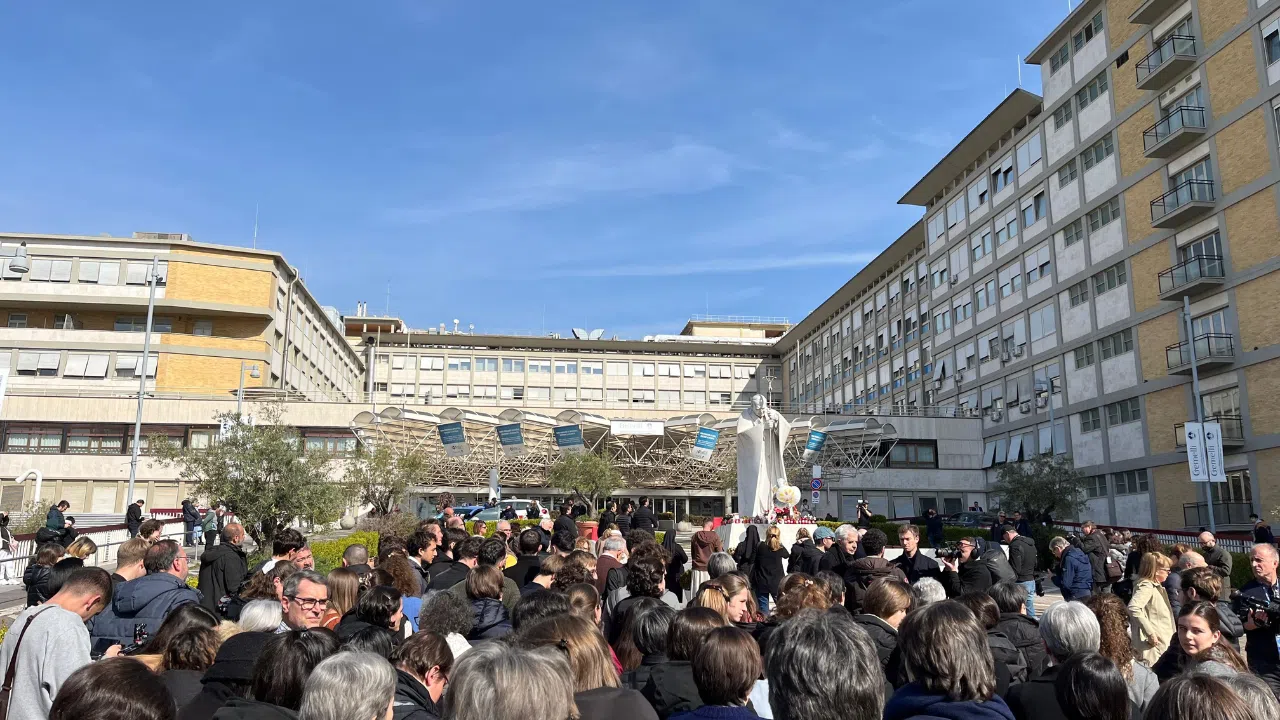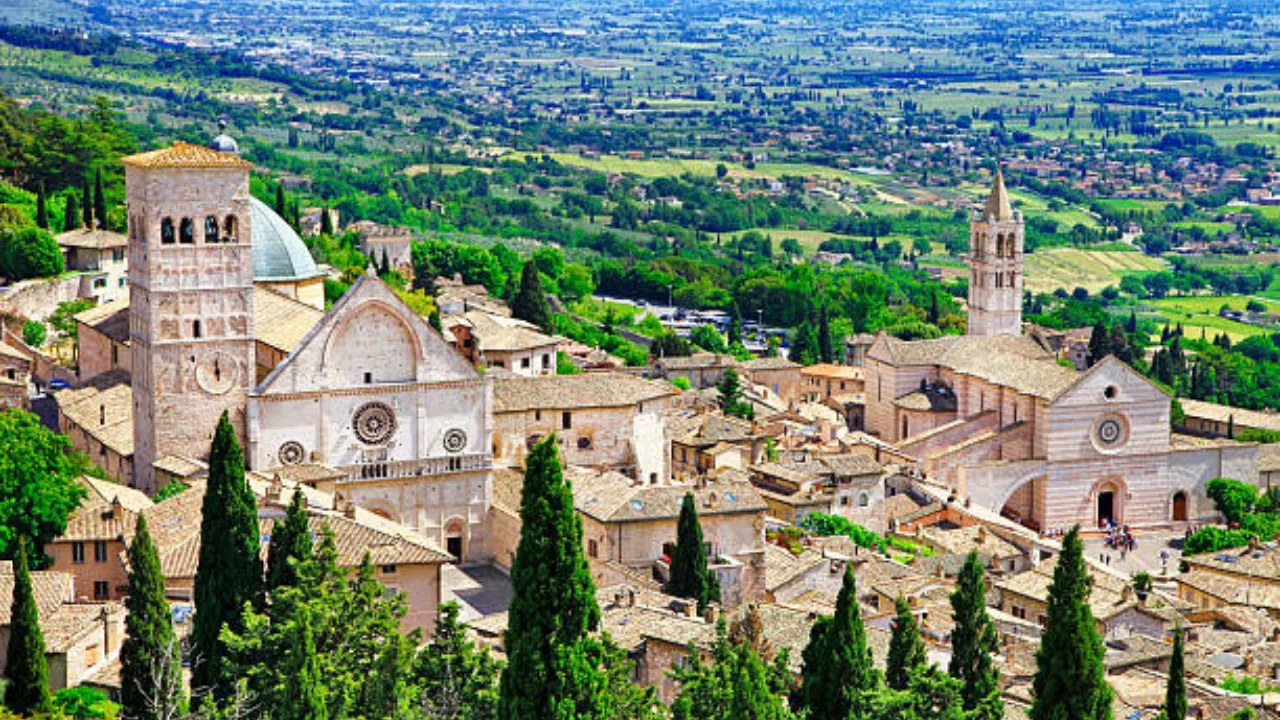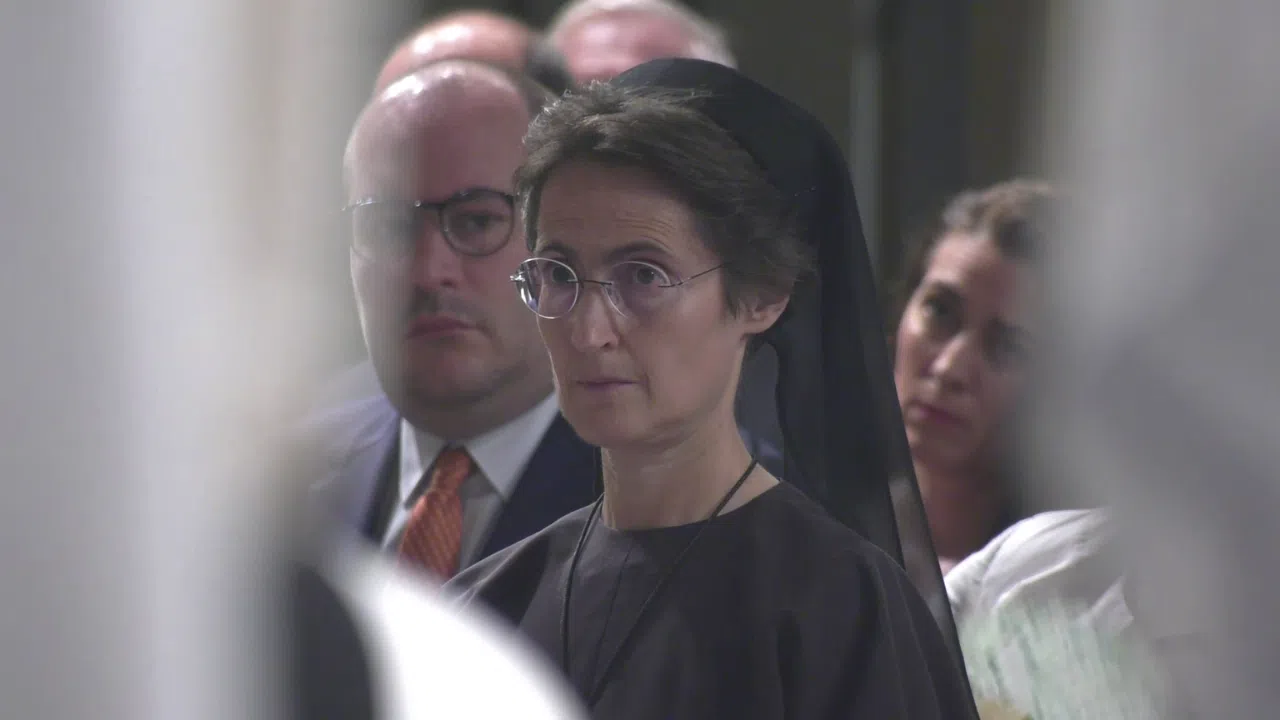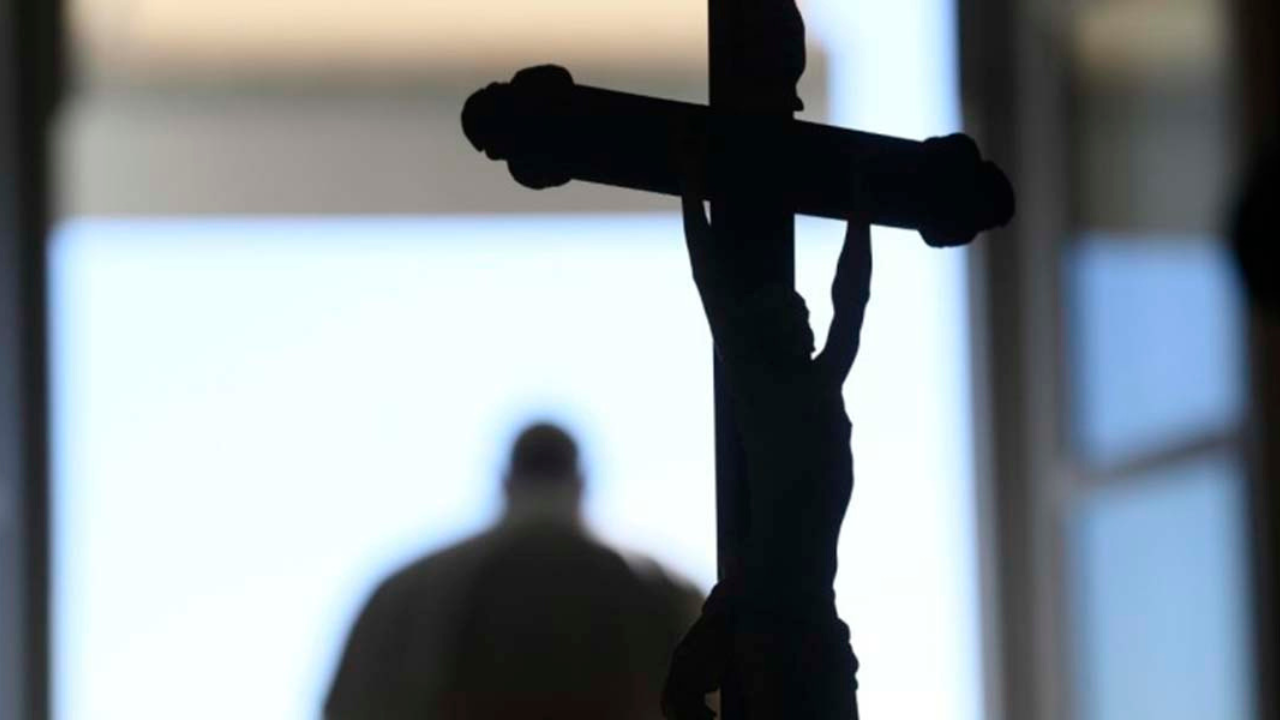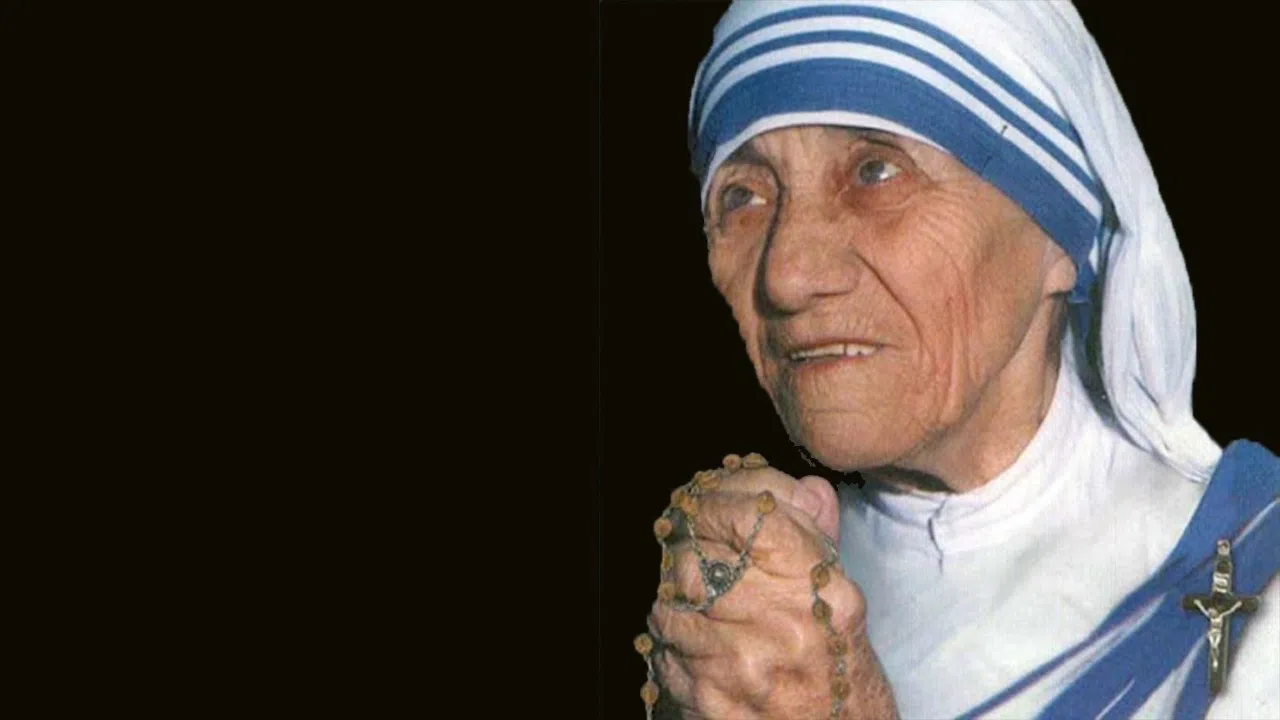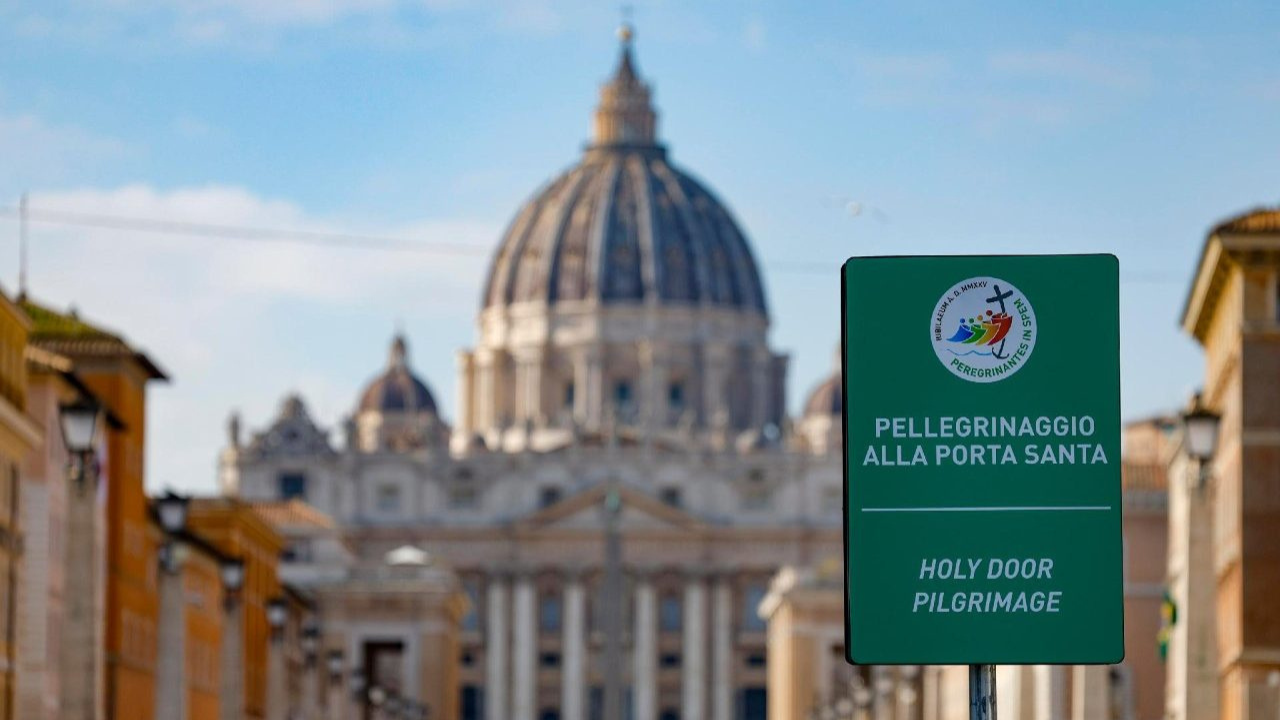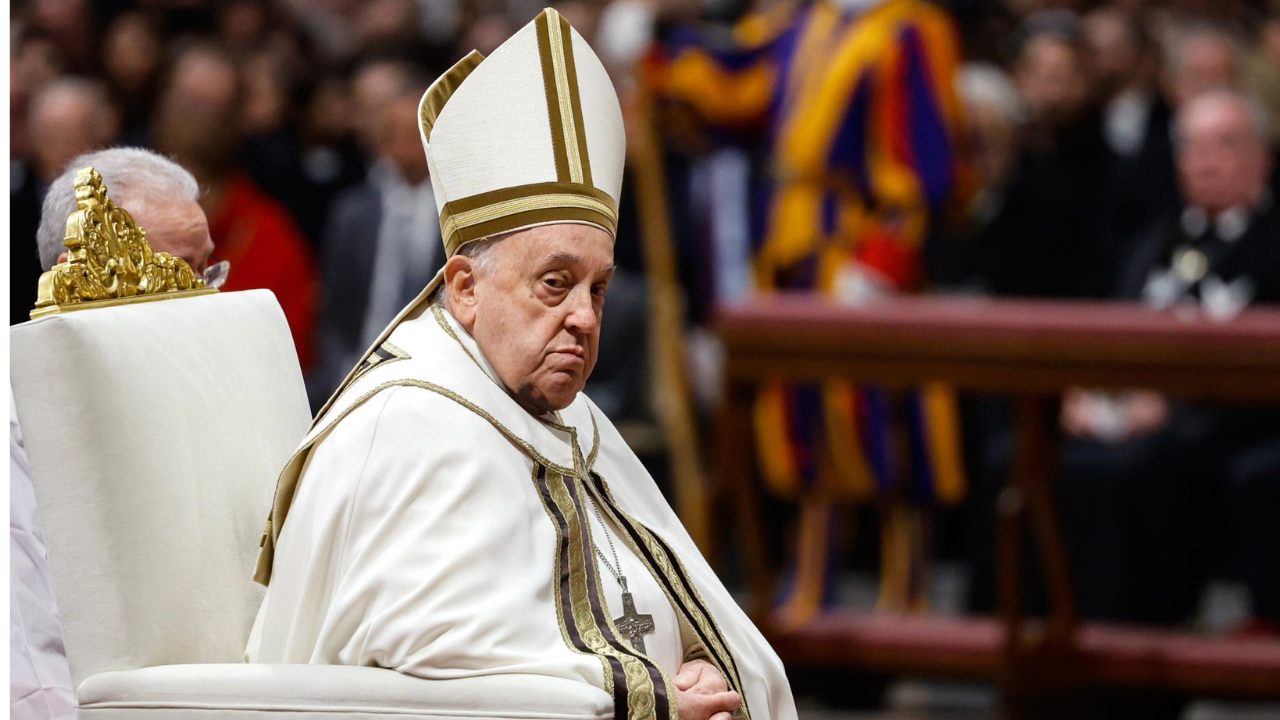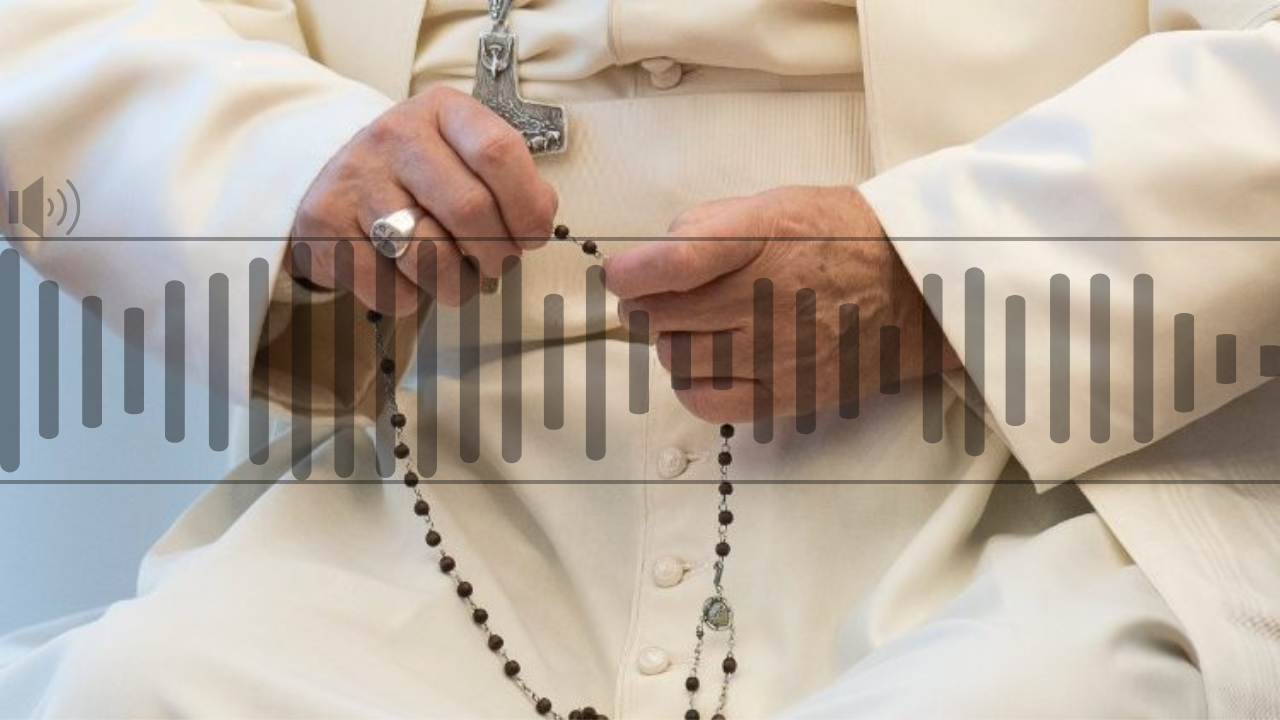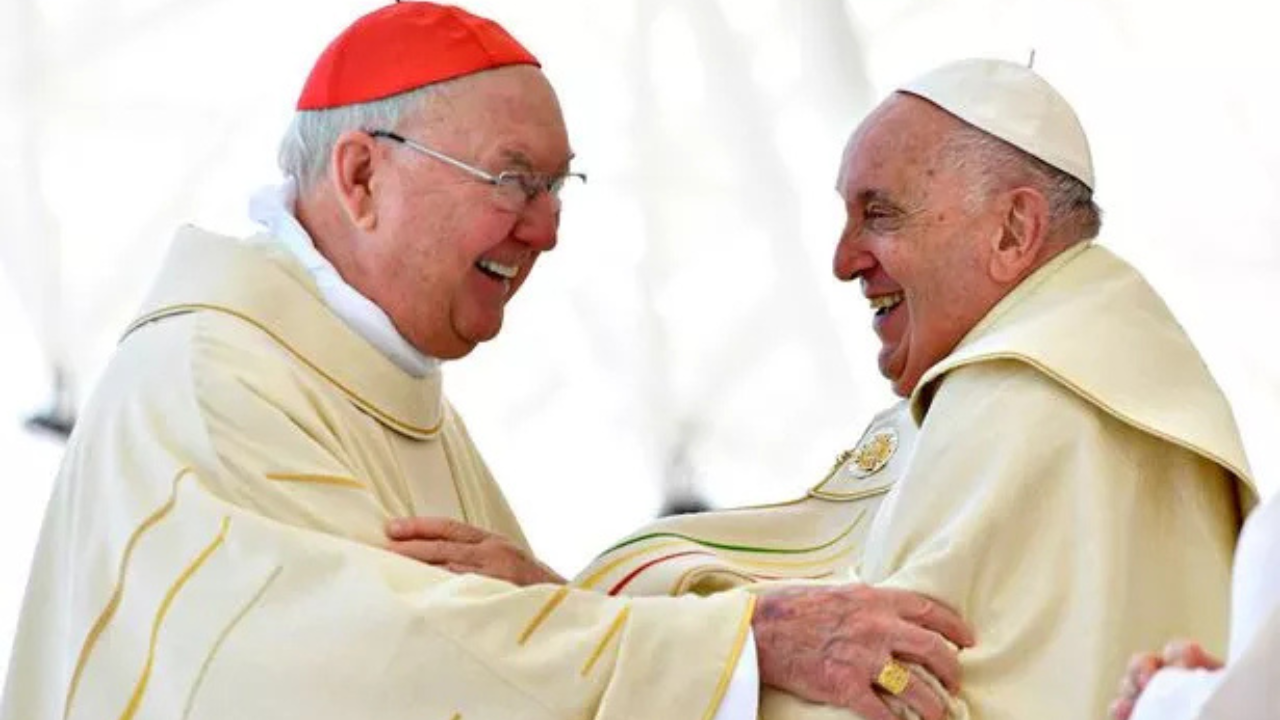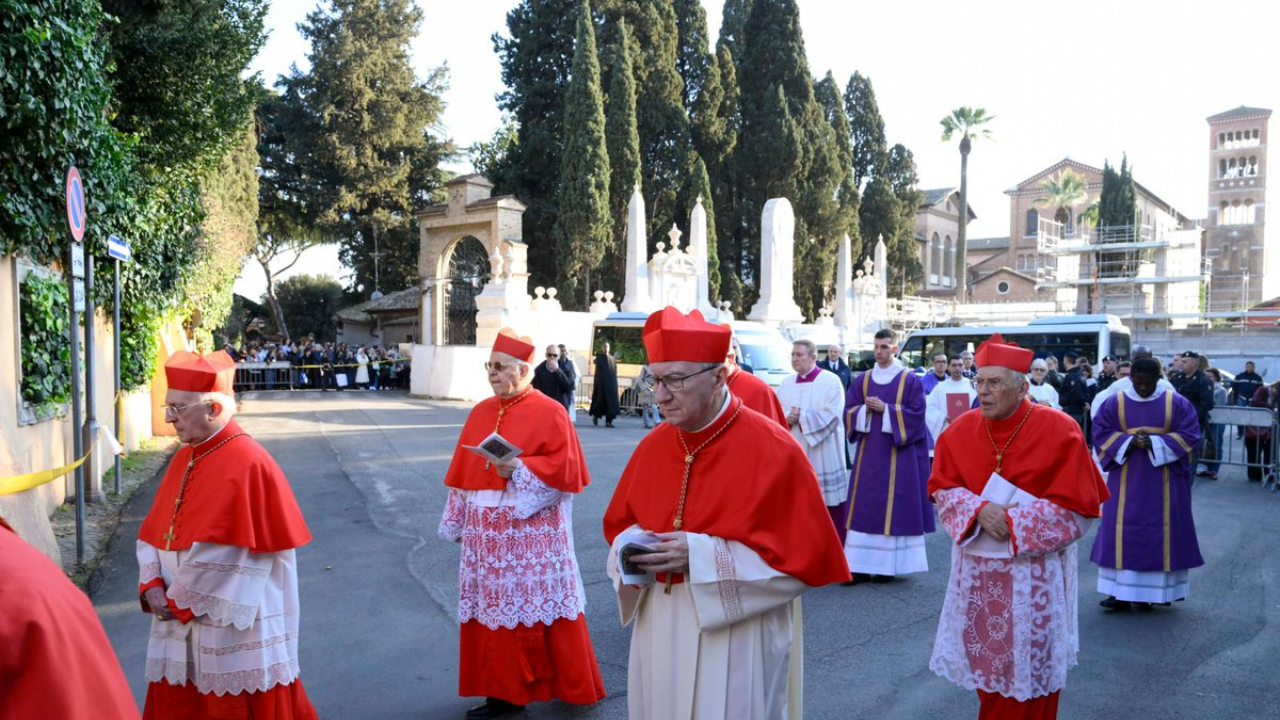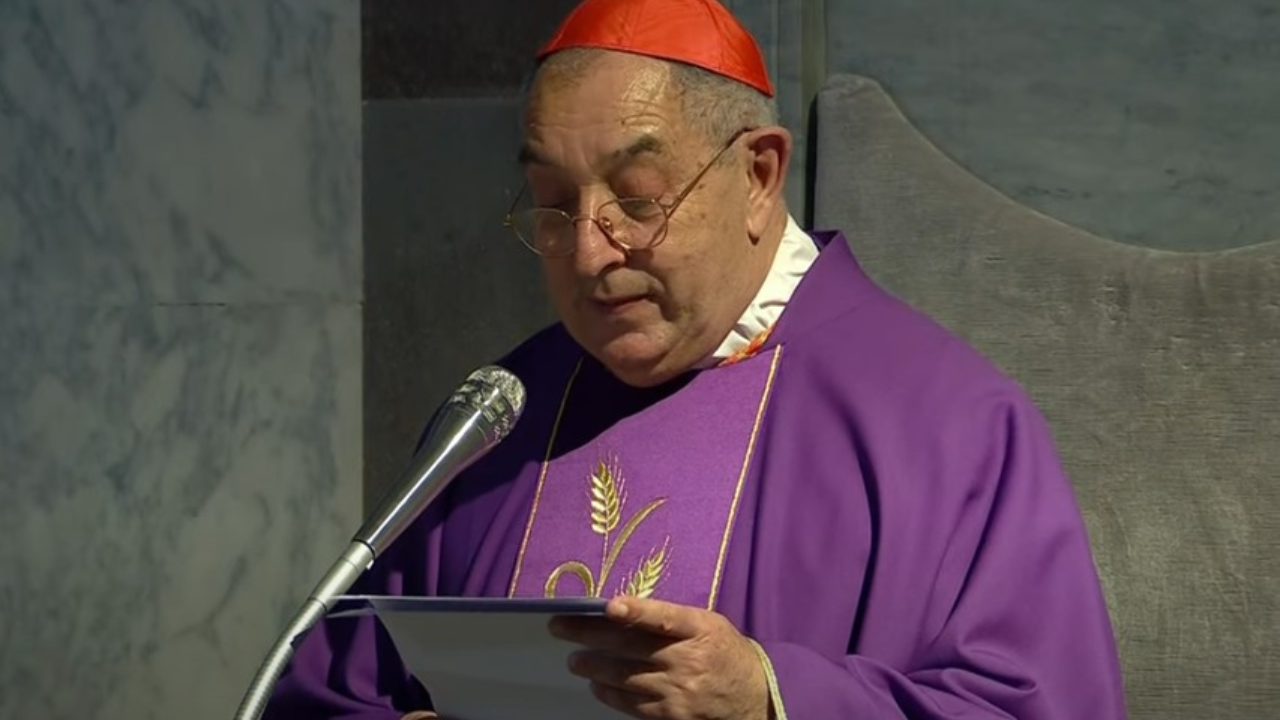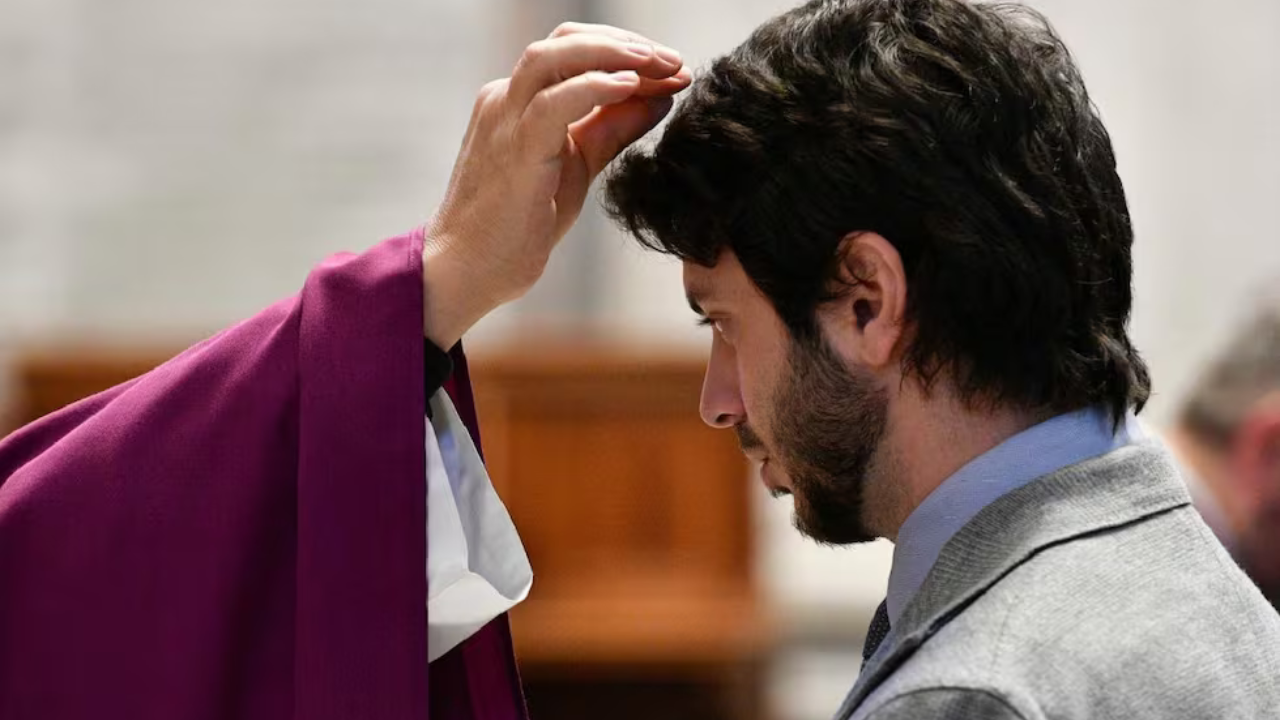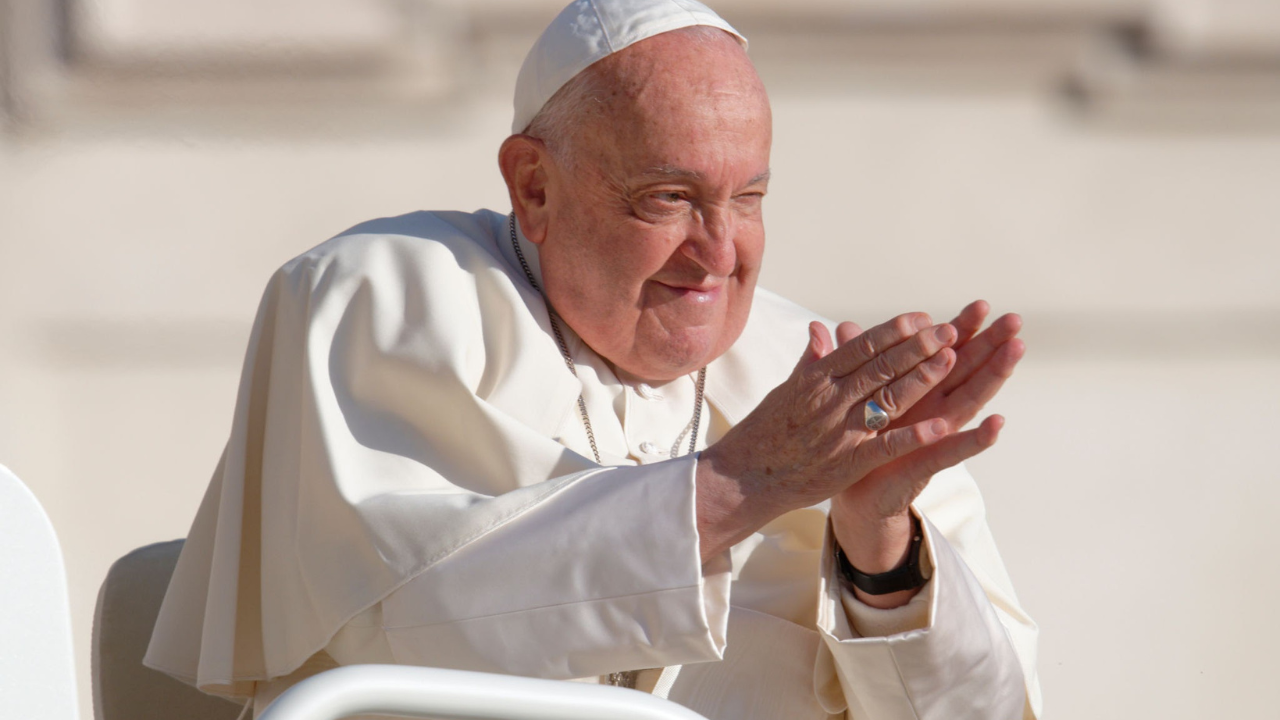This Renaissance masterpiece in the Basilica of San Pietro in Vincoli in Rome brings together the brilliance of the sun and the brilliance of the artist to create a unique and dynamic display of sculpture and natural light.
It's the tomb of Pope Julius II. Architect and restorer Antonio Forcellino explains that in 1542, Michelangelo chose to modify the piece. It was the artist's way of sharing his position on the debate between Lutherans and Counter-Reformers going on at the time.
Representations of Charity (00:52-00:54) and Faith (00:54-00:56) flank the statue of Moses (00:56-00:59), which dominates the center of the piece.
ANTONIO FORCELLINO
Architect and Restorer
“These figures clearly allude to the debate on salvation. The Lutherans said salvation was attained through faith alone. The counter reformers said good works were necessary. FLASH Michelangelo's position, which is expressed in this monument, is different. It's a position of mediation.”
The piece was created in such a way that in the evenings around the spring equinox, rays of sunlight slant through the windows and between the columns in the basilica to illuminate the different figures in succession, a phenomenon reminiscent of a theatrical production.
ANTONIO FORCELLINO
Architect and Restorer
“A full understanding of this monument comes in the evenings around Easter, during which, thanks to the sun's position, as we can see in these figures, charity and good works are transformed into light, thanks to Michelangelo's genius.”
The sunlight contributes to an interpretation of charity as itself a light that illuminates the truth and depth of faith. Recent studies suggest that this is exactly what Michelangelo intended when he decided to harness the sun to create this timeless work of art.
CT
